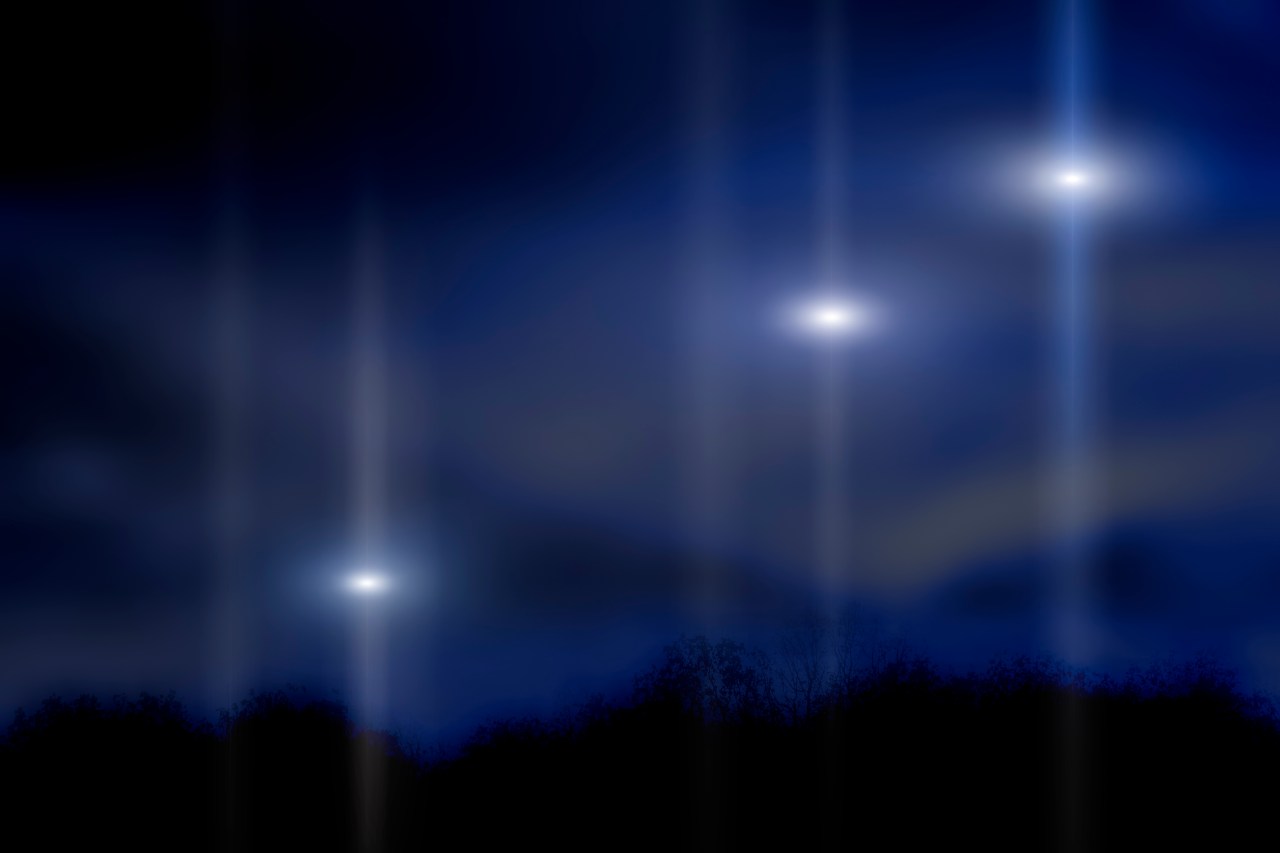- cross-posted to:
- [email protected]
- ufos
- uap
- cross-posted to:
- [email protected]
- ufos
- uap
This week, the director of the U.S. government’s UFO analysis office stated that there is “evidence” of concerning unidentified flying object activity “in our backyard.” According to physicist Seán Kirkpatrick, who heads the congressionally-mandated All-domain Anomaly Resolution Office, this alarming UFO activity can be attributed to one of two extraordinary sources: either a foreign power or “aliens.”
To be sure, the ramifications of either would be significant. But Kirkpatrick’s comments, which come as he is about to retire after a 27-year defense and intelligence-focused career, are more intriguing because he also says that “none” of the hundreds of military UFO reports analyzed by his office recently “have been positively attributed to foreign activities.”
At the same time, Kirkpatrick and senior defense officials have ruled out the possibility that secret U.S. programs or experimental aircraft explain the phenomena.



You misunderstood.
The issue isn’t whether it’s possible to travel interstellar.
It’s that the rate at which the universe is expanding means that even if you could travel at the speed of light, the majority of the observable universe could never be visited. Traveling slower than the speed of light, and even more is permanently inaccessible.
Additionally, we’ve only been generating ‘interesting’ signals that could be detected for only around 100 years.
Assuming those signals could still be read somehow at a decent signal to noise ratio maximally far from us, that’s still only around 10,000 star systems within a 100 light year radius around us.
Given the speed at which less than light speed interstellar travel would occur plus the time to reach us after receiving an interesting signal, and you are talking about maybe around a 30 light year radius that’s practically the range at which any alien life would have received a radio signal from Earth and been able to arrive to check it out.
Given credible sightings go back to the mid 20th century, that reduces the practical range to more like a 10 light year radius to get a signal and come check it out using conventional interstellar travel.
There’s like 30 star systems in that range.
We’re currently using spectroscopy to try and find possible bio signatures.
Which our planet has had for anyone looking, for oh, several million years longer than our radio broadcasts, which have largely stopped